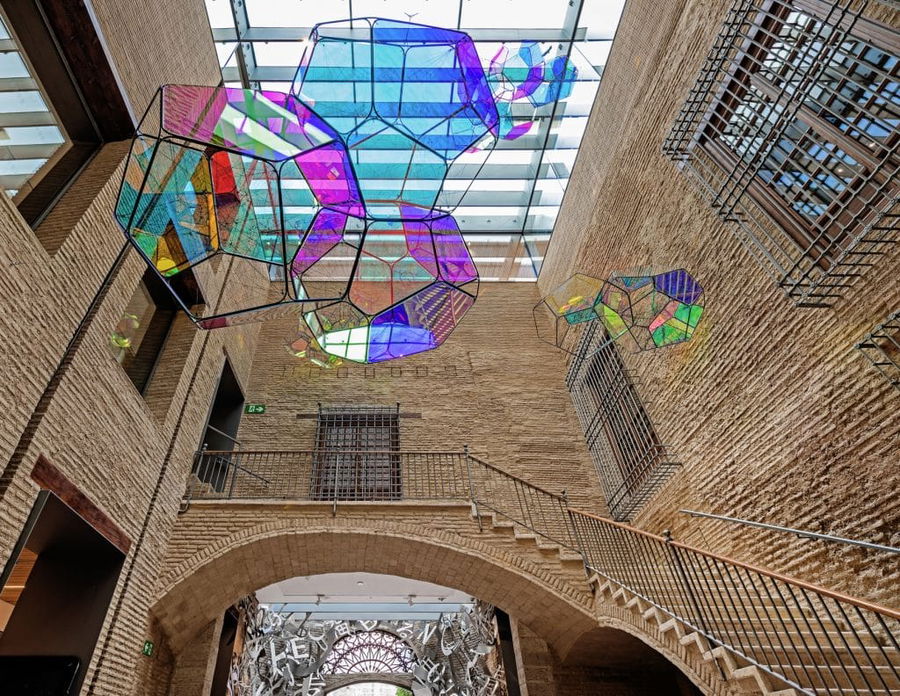
In the heart of Valencia, where medieval artisans once shaped the city’s cultural identity, a remarkable transformation is underway. The Hortensia Herrero Foundation, established in 2012, has been breathing new life into centuries-old monuments while positioning Valencia as a contemporary art destination worthy of international acclaim.
A Personal Mission Made Public
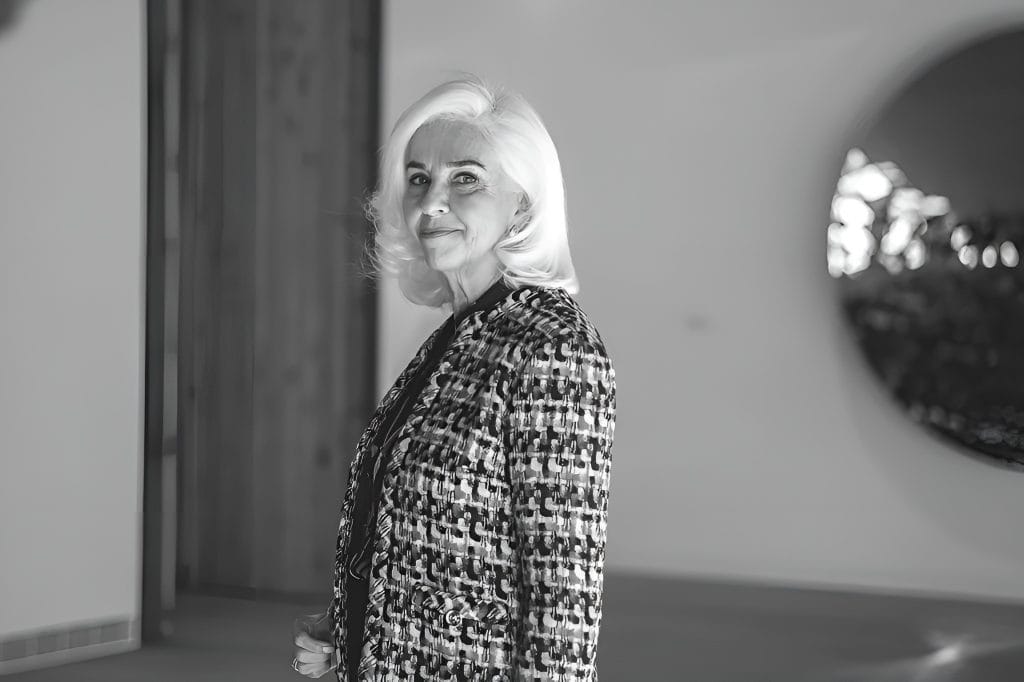
The story begins with Hortensia Herrero herself, vice president and partial owner of one of Spain’s largest grocery chains. Her collector’s passion has evolved into something far more ambitious: a comprehensive vision for cultural revival that touches every corner of Valencian society, from children with special needs practicing ballet to tourists discovering world-class contemporary art in a meticulously restored 17th-century palace.
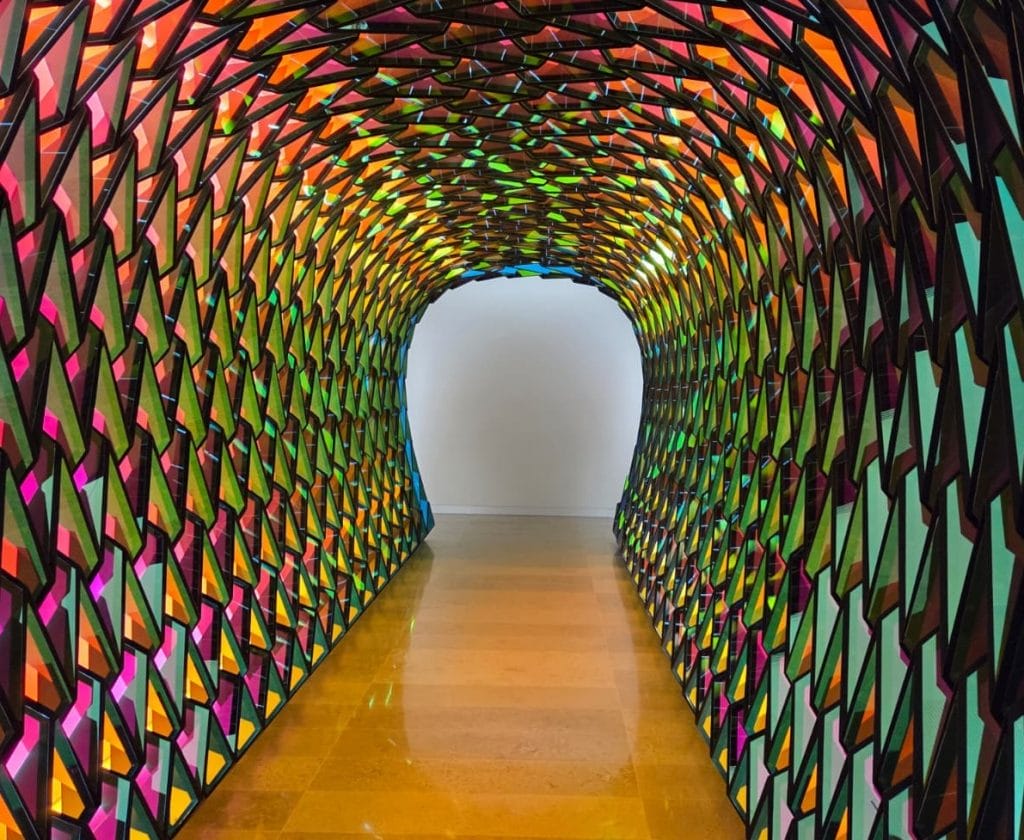
What distinguishes the Hortensia Herrero Foundation from many cultural institutions is its deeply personal nature. As the Foundation’s sole patron, Herrero channels her philanthropic vision through three carefully chosen pillars: the restoration of artistic and cultural heritage, dance, and contemporary art. This trinity reflects not just strategic planning but a genuine passion for sharing transformative cultural experiences with society.
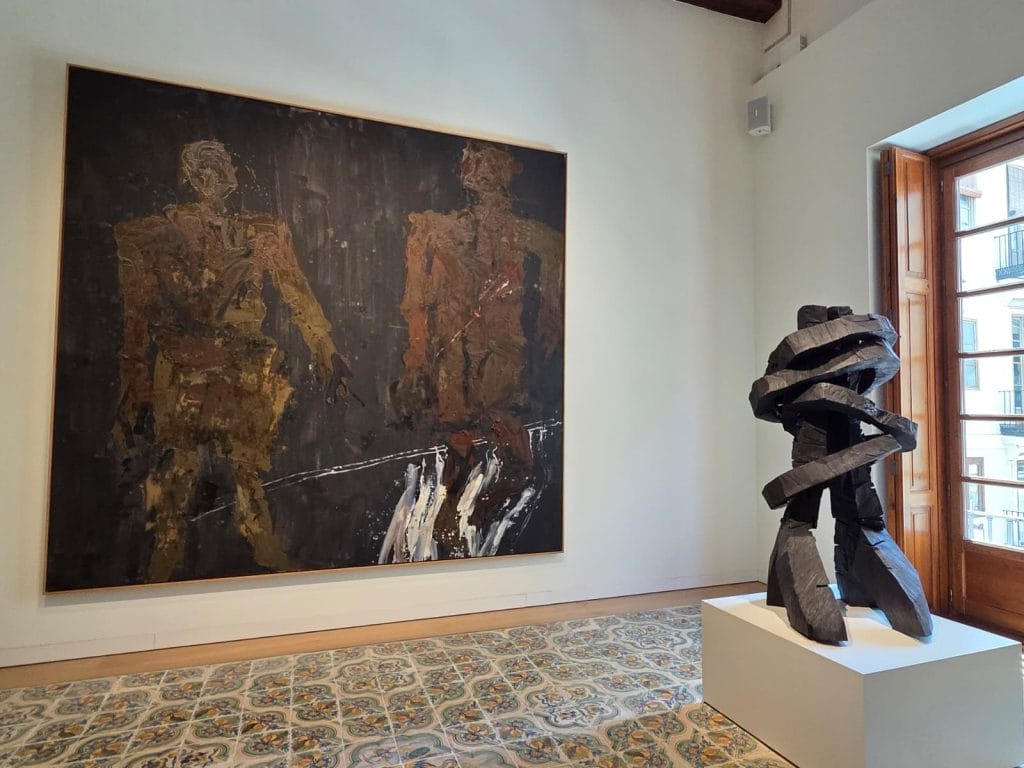
“The ultimate goal is always to bring art and culture closer to the public and to help make Valencia a cultural benchmark,” the Foundation states, but this modest declaration understates the scope of what has been achieved in just over a decade. It also represents a model Herrero encountered during her 2013 visit to Dallas for the opening of “Sorolla and America.” There, she witnessed firsthand the transformative power of giving back to society what it has given you.
The Crown Jewel: A Palace of Paradoxes
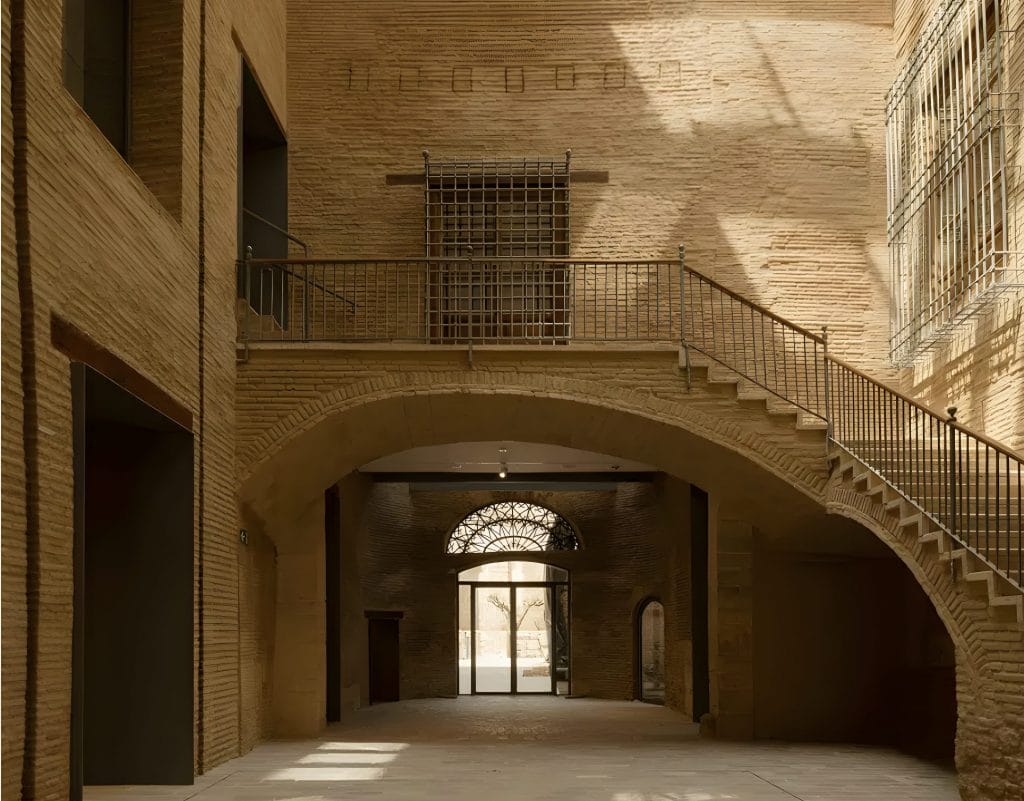
The Hortensia Herrero Art Centre (CAHH), which opened in 2023, exemplifies the Foundation’s ability to weave together past and present in ways that feel surprising yet inevitable. The €40 million transformation of the ruined Palacio Valeriola into a 3,500-square-meter contemporary art space took over five years to complete. Still, the true marvel lies in what was discovered along the way.
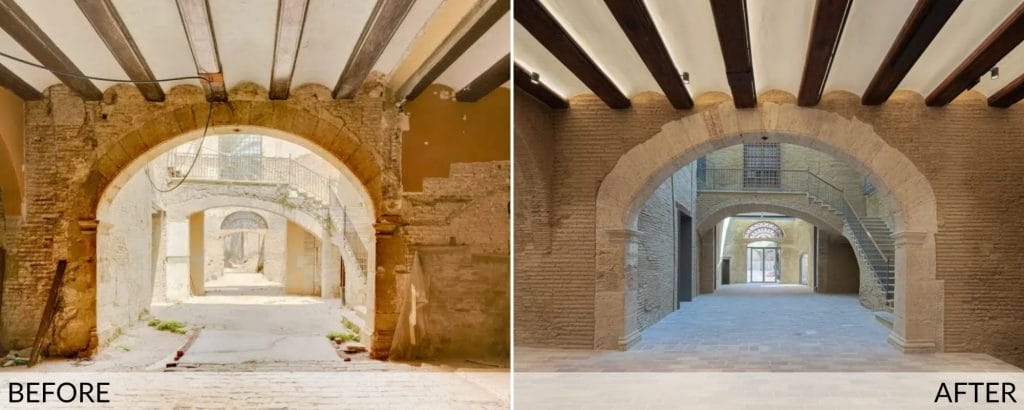
As ERRE Arquitectura, the Valencia-based studio led by Herrero’s daughter Amparo Roig and José Martí, began their work, they unearthed layer upon layer of history: remnants of a Roman circus complete with the skull of a sacrificed horse, an 11th-century Islamic patio with an eight-pointed fountain, a medieval oven containing fish bones and eggshells, and traces of the former Jewish quarter. Rather than treating these treasures as obstacles or isolating them in separate displays, they created a fluid dialogue between epochs.
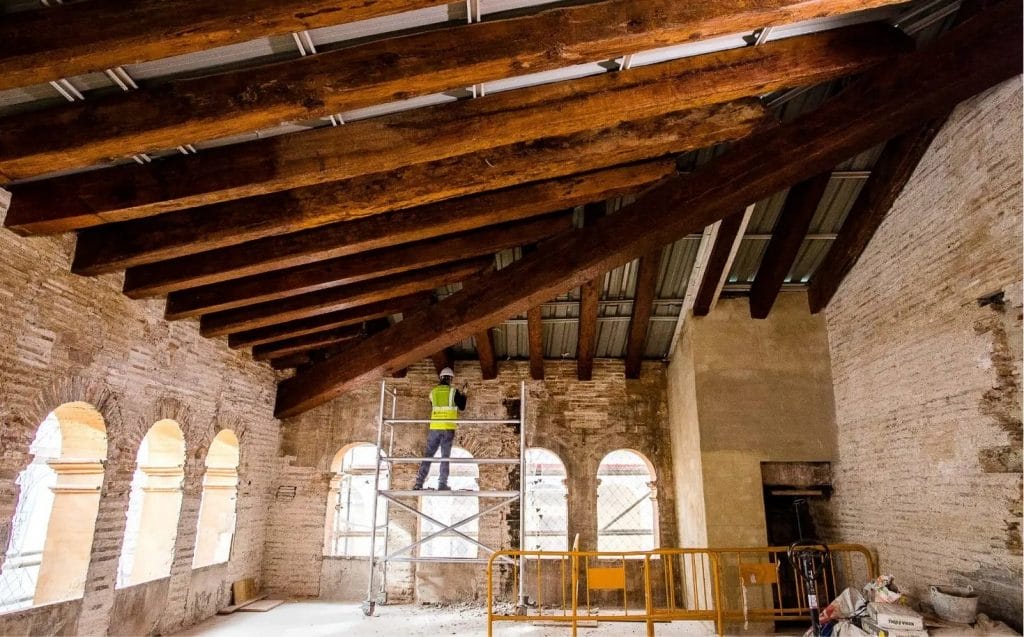
This archaeological re-inscription became the foundation for a contemporary art center. Inside it, Mat Collishaw’s LED installation plays off the actual Roman circus remains, depicting galloping horses. Jaume Plensa’s steel alphabets create a second skin that celebrates linguistic diversity on ancient walls. Alongside, Tomás Saraceno’s colored glass clouds cast a rainbow of light onto centuries-old brick.
Building a Collection, Building Relationships
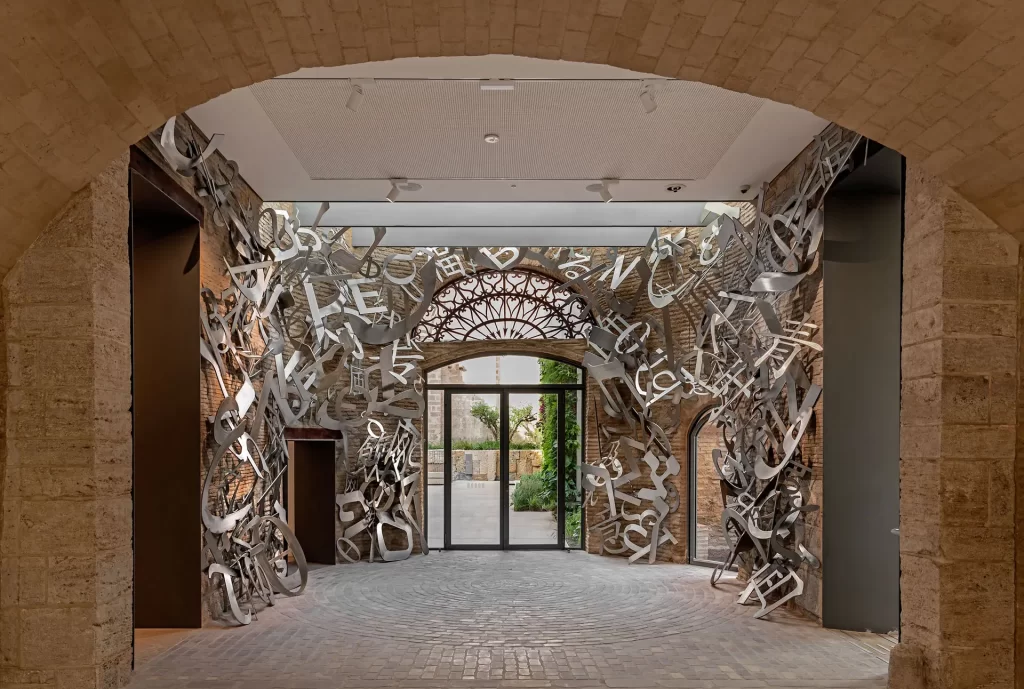
The art collection itself represents years of careful cultivation. Working with advisor Javier Molins, Herrero assembled works by international heavyweights including Anselm Kiefer, Georg Baselitz, David Hockney, Olafur Eliasson, and Anish Kapoor. Nevertheless, this wasn’t simply an acquisition for acquisition’s sake. Many artists were commissioned to create site-specific works that respond directly to the palace’s unique character.
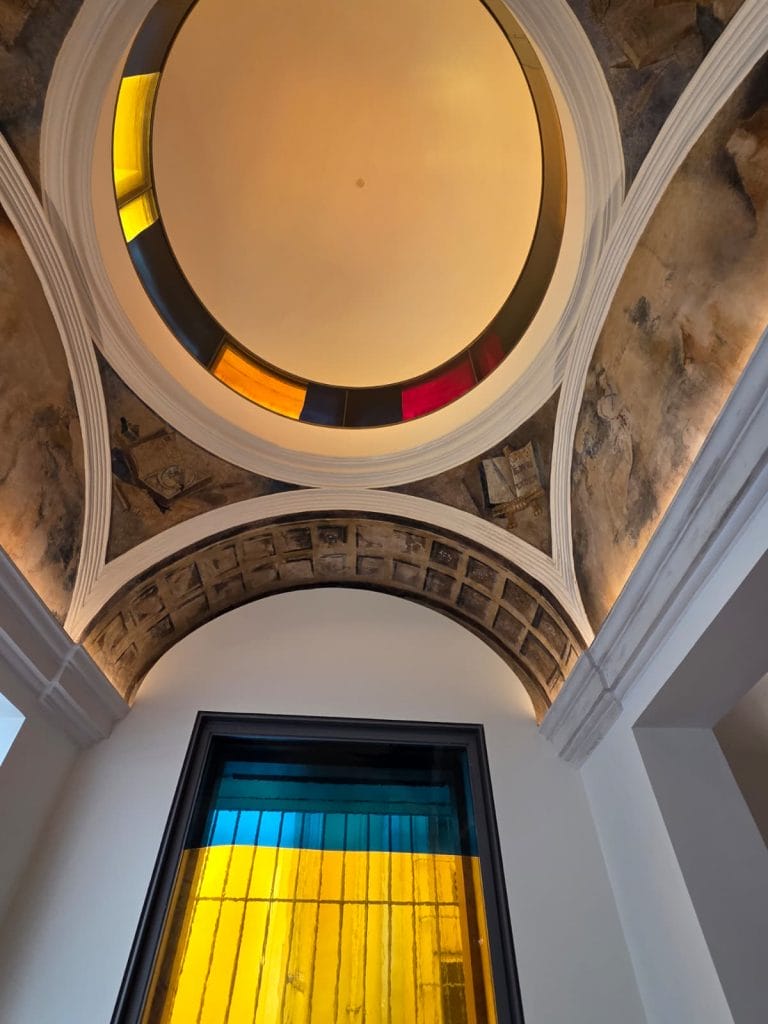
Sean Scully transformed the former chapel with stained-glass windows and contemplative paintings that dialogue with original ceiling frescoes by 19th-century Valencian painter Juan Sorolla and his students. The top floor, once an attic for drying clothes and food, now houses works by Tony Cragg and El Anatsui. Original 17th-century drawings and writings are still on the walls, contributing to a narrative that spans millennia.
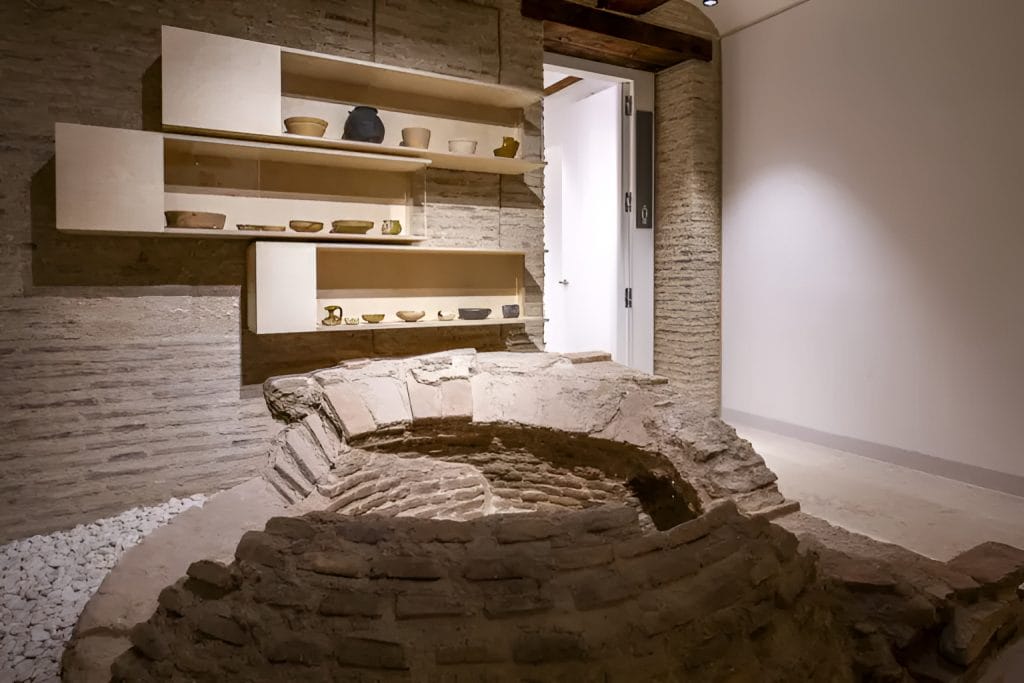
The international art world has taken notice. In 2024, The New York Times selected the Art Centre as one of only 52 places to visit worldwide, and the sole Spanish destination on the list. This endorsement arrived just months after opening, validating Herrero’s vision that Valencians shouldn’t have to travel to Paris, New York, or London to experience cutting-edge contemporary art.
Beyond the Palace Walls
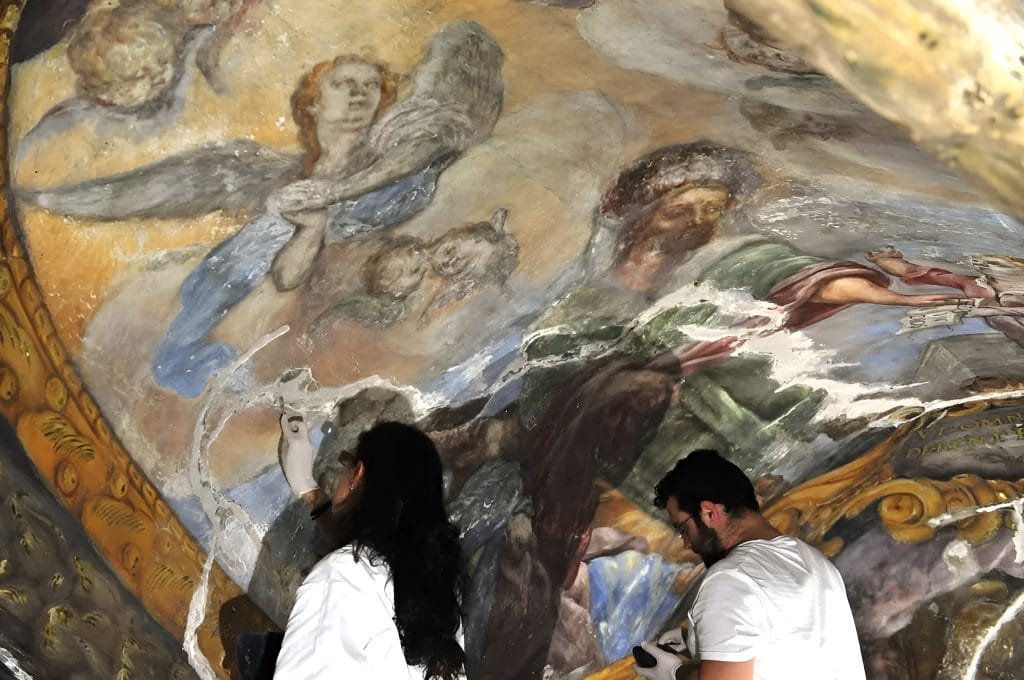
While the Art Centre captures headlines, the Foundation’s broader restoration work has quietly transformed Valencia’s cultural landscape. The Church of San Nicolás, now known as Valencia’s “Sistine Chapel” for its spectacular baroque frescoes, draws visitors from around the world. The Silk Museum preserves the city’s textile heritage. The ongoing restoration of the Church of Santos Juanes, with its important Palomino frescoes, promises another jewel in Valencia’s cultural crown when completed in 2025.
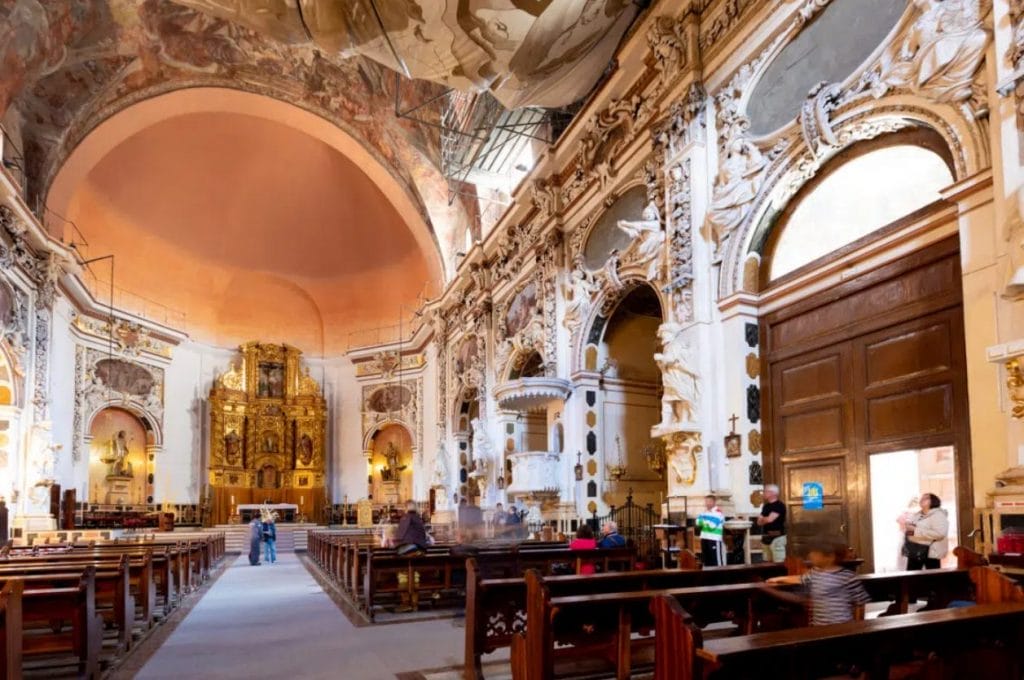
These projects share a notable common thread: sustainability. Each restoration is designed not only to preserve the past but to generate resources for its own maintenance while boosting employment and attracting profound tourism. The numbers tell the story—over 200,000 visitors to the Art Centre in its first year alone, with more than 30,000 international tourists adding it to their must-see lists alongside Valencia’s Cathedral and the City of Arts and Sciences.
Dance as Social Transformation
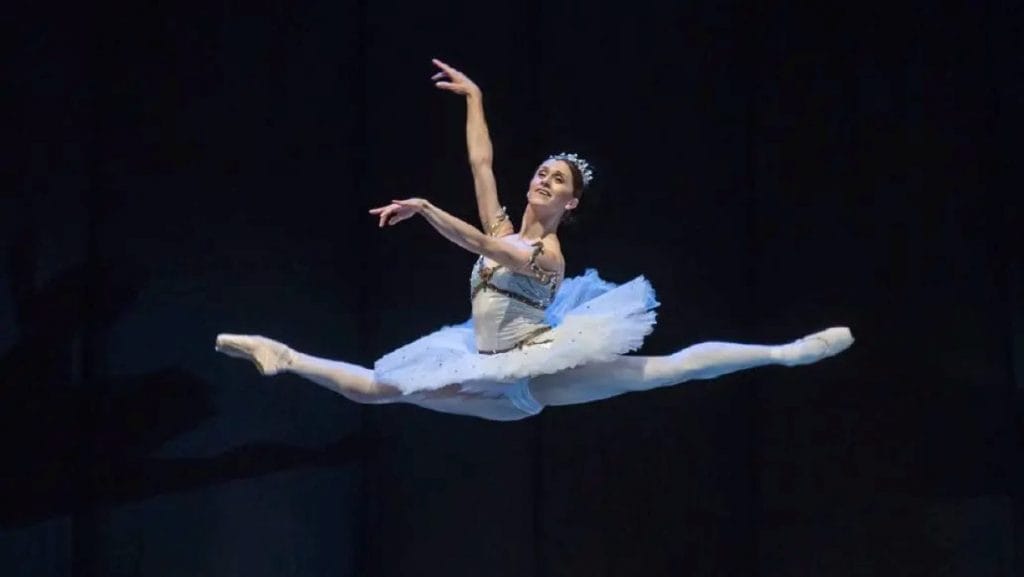
The Foundation’s commitment to dance reveals another dimension of its social impact. The Valencia International Dance Campus, now in its 15th edition, has become a summer fixture, bringing together dancers from across the globe. But perhaps most touching is the Ballet Vale+ program, led by Esther Mortes, where children with cerebral palsy practice ballet to improve motor skills—a perfect embodiment of how high culture can serve profound social needs.
Meanwhile, school visits to the Art Centre introduce children to their first encounters with contemporary art. “Seeing children experience their first contact with art, sculpture, and painting is truly rewarding,” the Foundation notes.
A Model for the Future
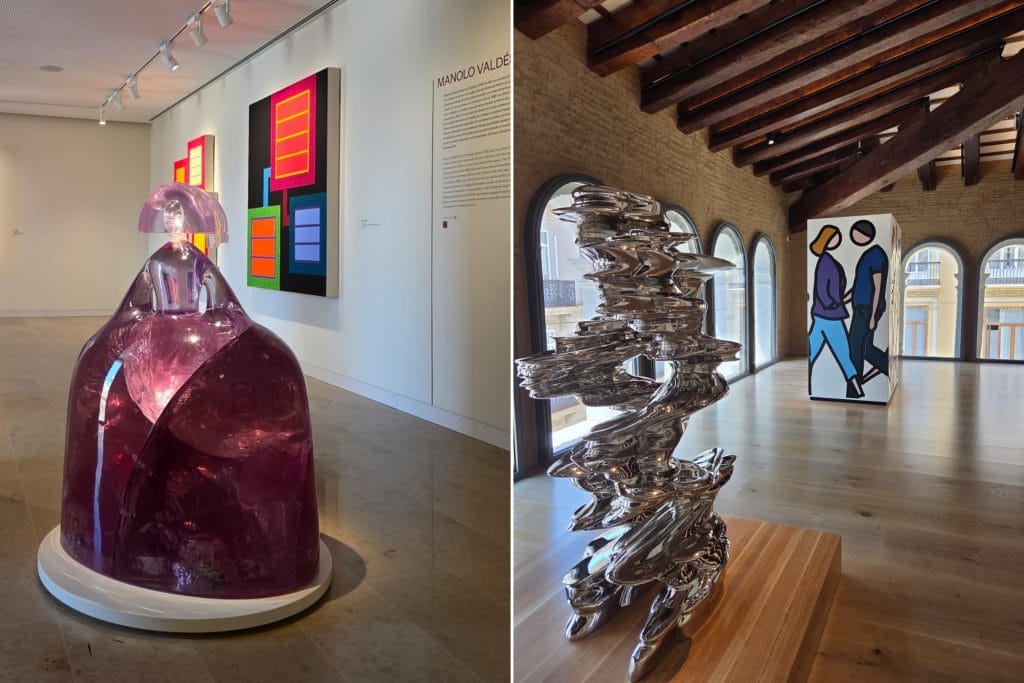
What makes the Hortensia Herrero Foundation particularly compelling is its hybrid nature. Intensely personal yet professionally executed, locally rooted yet internationally ambitious, historically grounded yet contemporary in outlook. It represents a new model of cultural philanthropy where private passion serves public good without losing its distinctive character.
As Herrero herself puts it, the greatest satisfaction comes “when the people of Valencia can enjoy art and culture.”









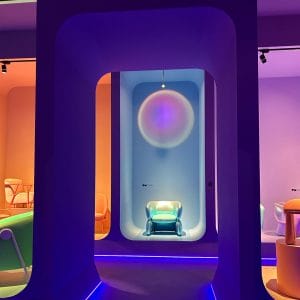
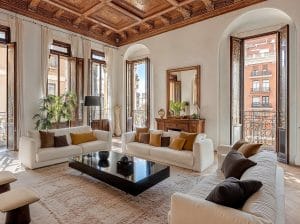
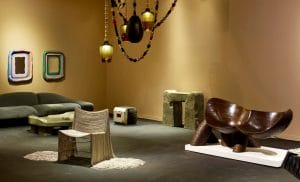

Comments